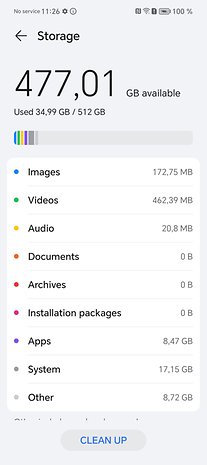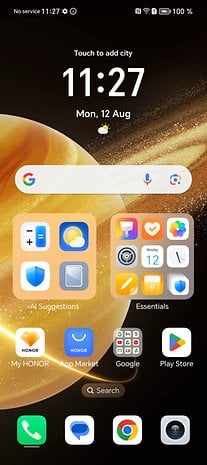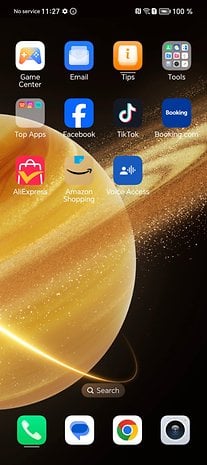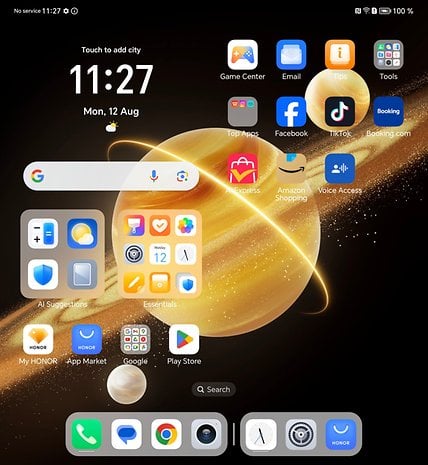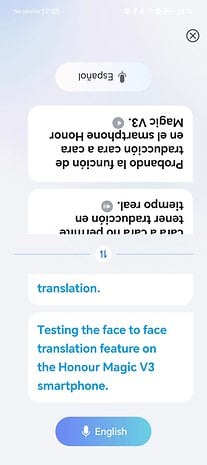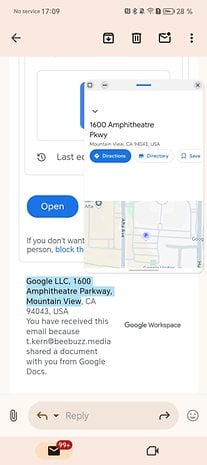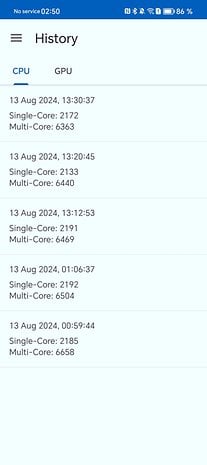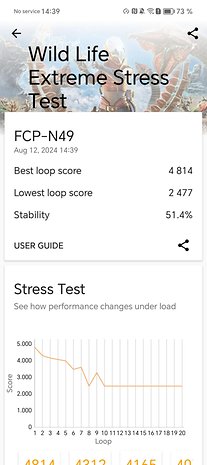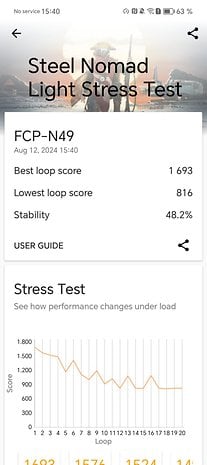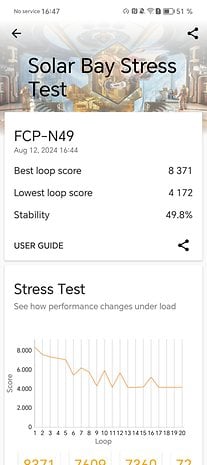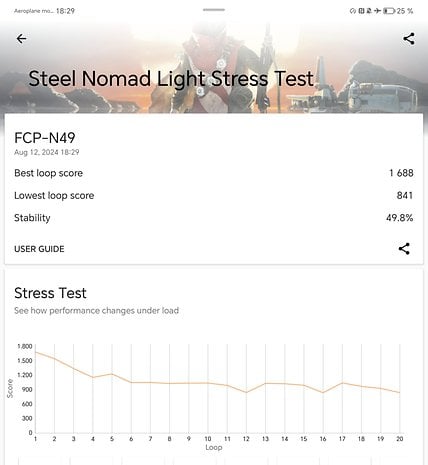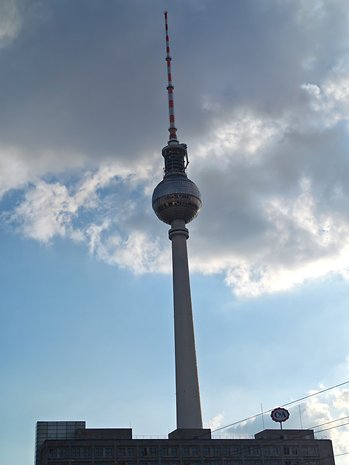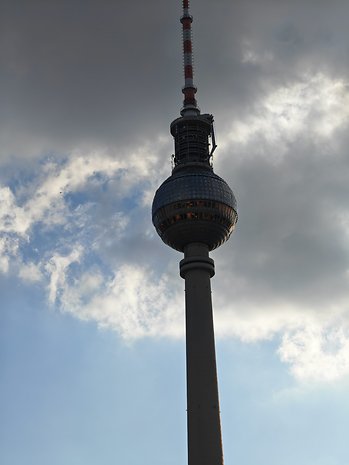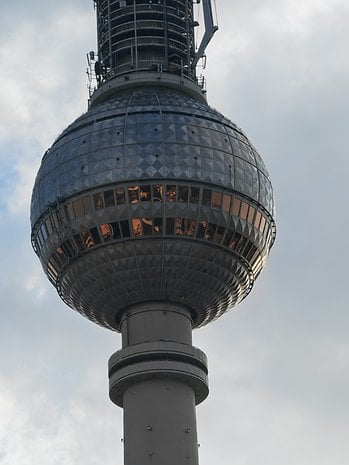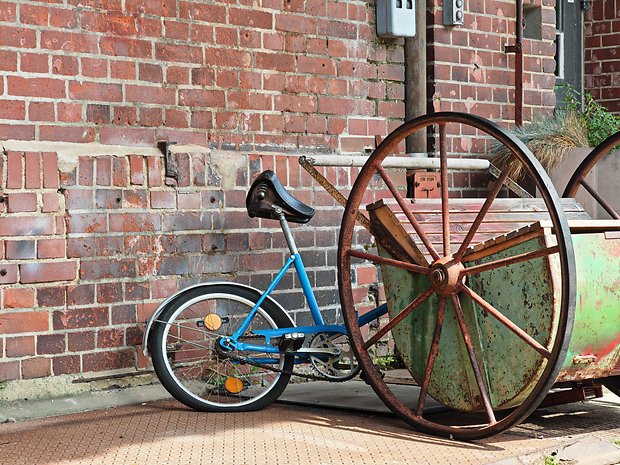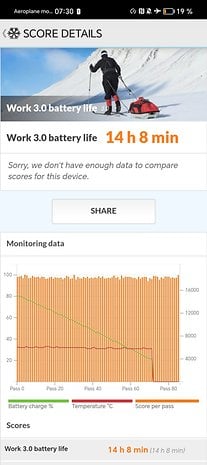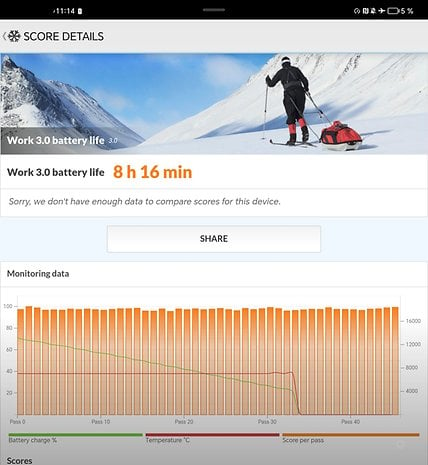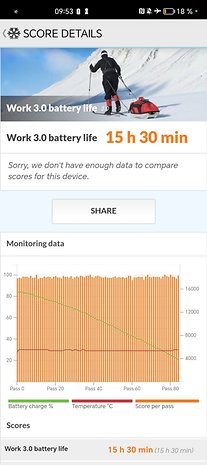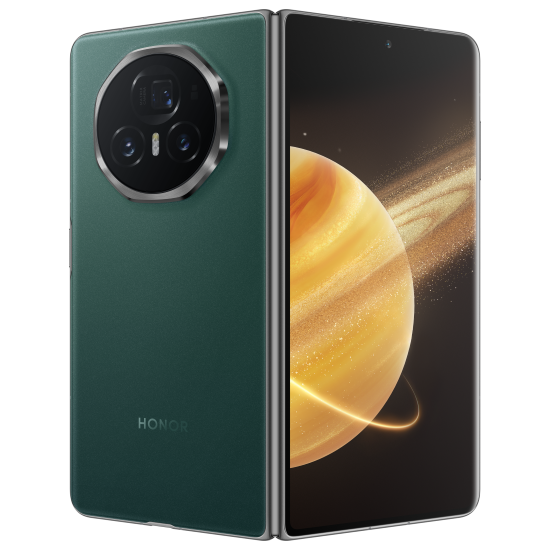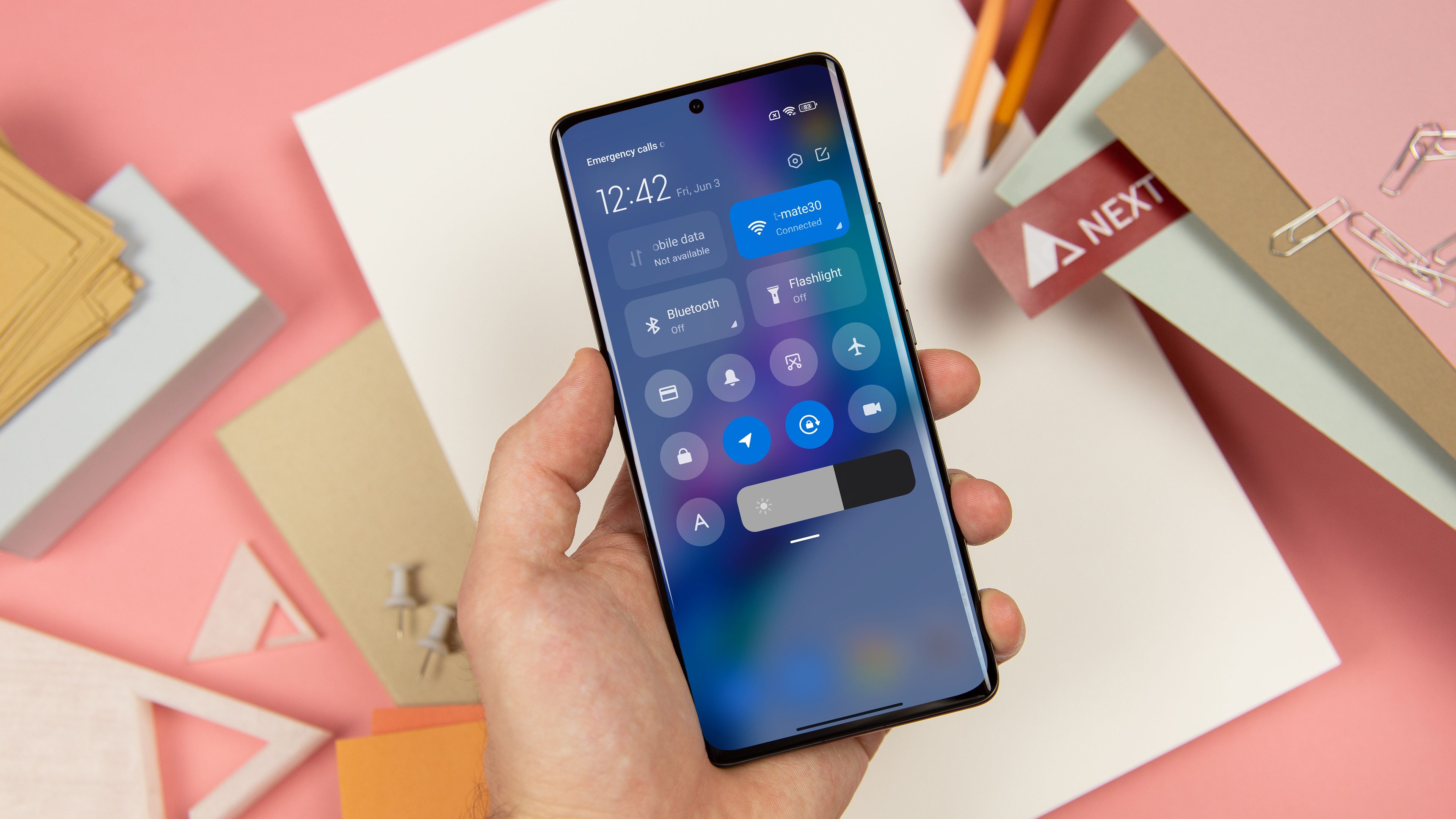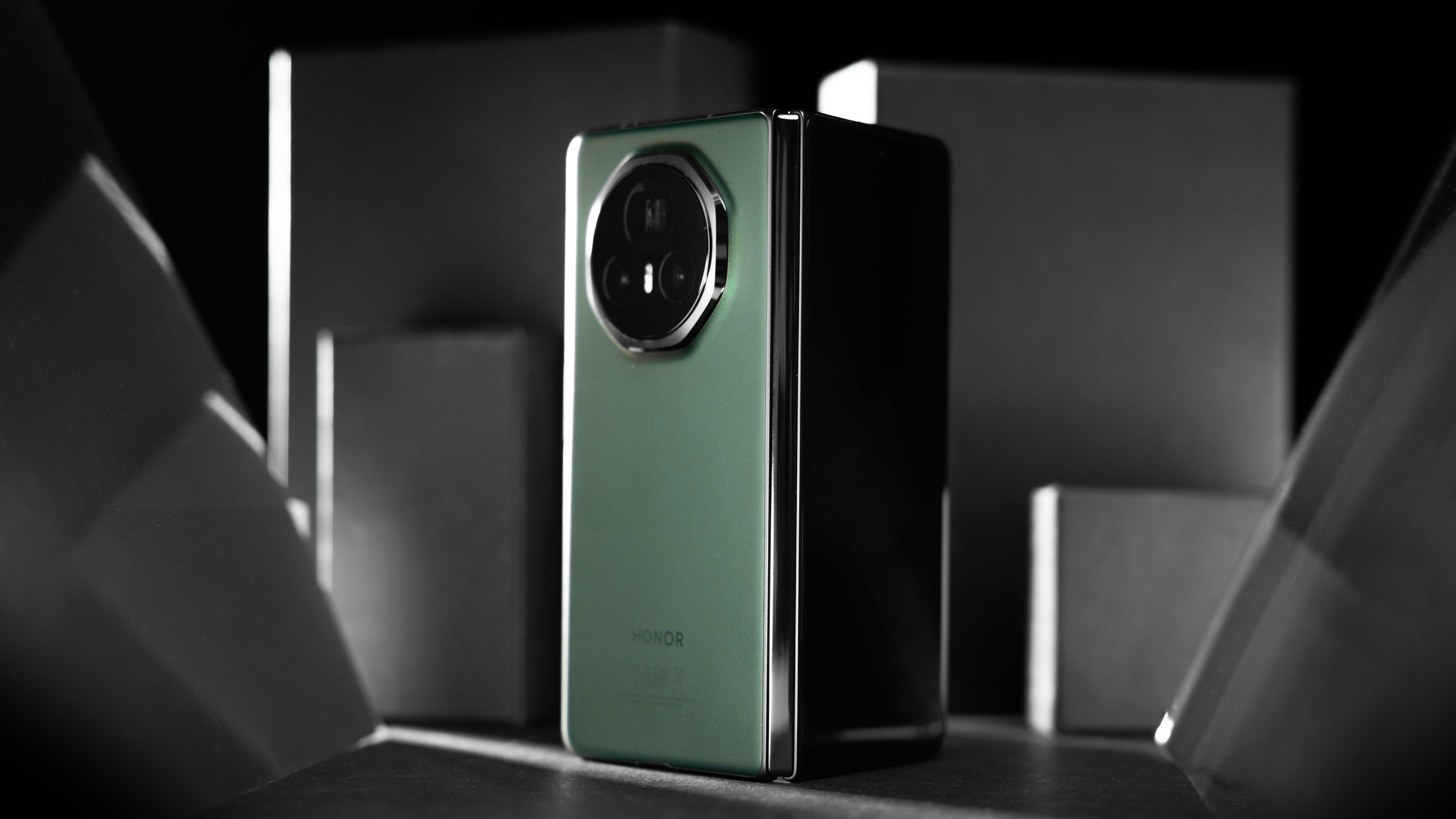
Honor announced the Magic V3 smartphone, its third-generation foldable and we had the chance to test this impressive phone. Keep reading to find out our impressions about the design, performance, display, and battery life of the thinnest foldable phone on the market.
Good
- Impressively thin
- Flagship specs
- Powerful camera
Bad
- MagicOS feels dated
- Expensive
- Incomplete multitasking features
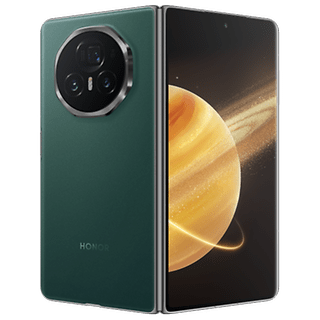

Honor Magic V3: All deals
Honor Magic V3 in a nutshell
Launched in China in July, the Honor Magic V3 was announced for European markets during IFA on September 5th. The foldable phone is the thinnest one available in the market, approaching the thickness of a regular slab phone at 9.2 mm (0.36 in). European pricing is €1999 for the 12+512 GB option.
While the Chinese market can choose between four different finishes–brown, white, green, and black–color options in the West will vary by market, with Germany getting brown, green, and black, while France will receive the green and black options. US customers, as usual, will need to resort to third-party marketplace sellers or importing.
Impressively thin build and bright displays
The Honor Magic V3’s highlight is unquestionably its thinness. While last year’s Magic V2 was already very thin at 9.9 mm, 2024’s Magic V3 beats that at 9.2 mm, making it also far thinner than the Samsung or Google foldables, or even the impressive OnePlus Open tested by Camila Rinaldi late last year.
Pros:
- Thin.
- Bright OLED panels.
- Includes a protective case.
- IPx8 protection rating.
Cons:
There is little room to shave more thickness out of phones–but we are sure engineers will manage it. The Magic V3 is as thin as the Xiaomi 14 Ultra (9.2 mm), and just a hair thicker than the Galaxy S24 Ultra or the iPhone 15 Pro Max, at 8.6 and 8.3 mm, respectively.
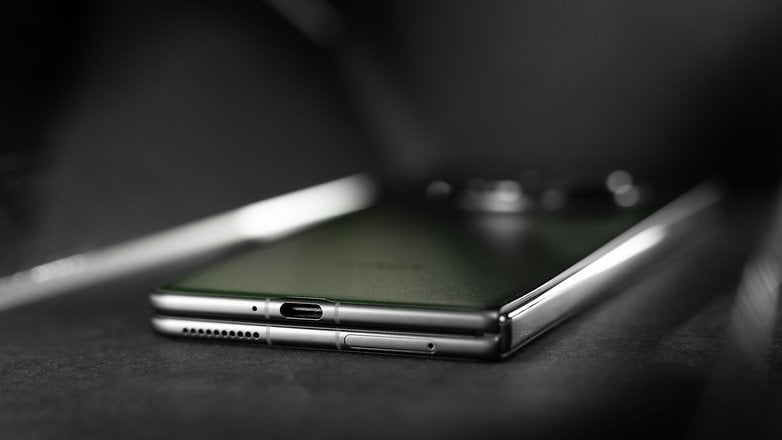
We tested the green version of the Magic V3, and the design is a marked improvement over the dated look of the previous generation (at least in my opinion). The back surface feels premium to the touch and resists pretty well against fingerprints.
Also in the back is the new, redesigned camera module, which adopted the centered position from the Magic 6 family and looks much more modern than the one on the V2. Together with the new design in the Magic V3, however, the camera bump is much more pronounced, probably because of the thinner body and the more powerful zoom camera.
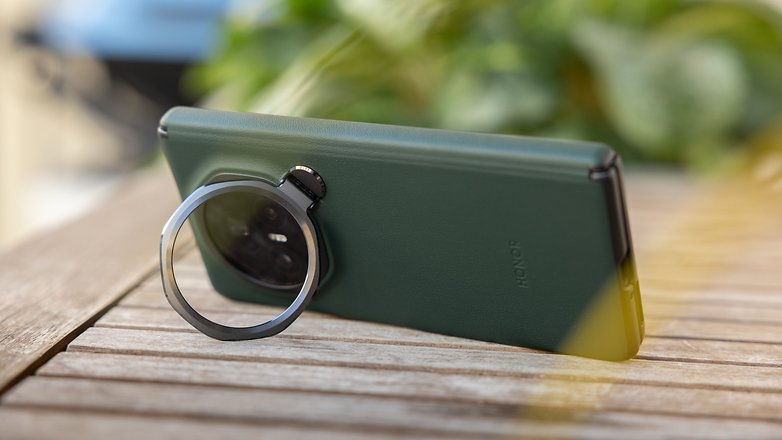
Honor includes a nice-looking protective case with the Magic V3 but keep in mind that it increases the camera bump even further, with a retractable ring that works as a stand. The ring looks like it could be used with lens filters (similar to some Xiaomi Ultra models), but it doesn’t have threads to screw filters in. The front display case is a separate piece that needs to be glued in and is not designed to be constantly removed.
Around the sides, we find the power button with an integrated fingerprint sensor (in the back part) and the volume rocker (front) on the right side. The top houses two microphones, the programable IR blaster, and one of the side-firing speakers.
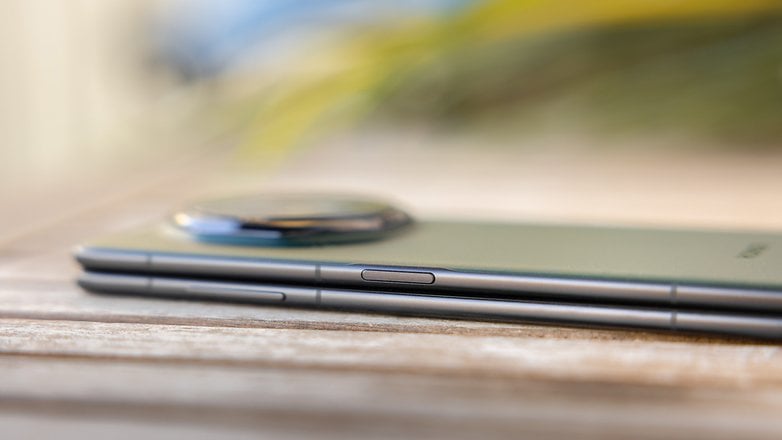
The bottom features the USB-C port, another microphone, the thin dual SIM card tray, and the second speaker. There is no microSD card support, and no headphone jack (the latter would require an engineering marvel to fit).
Despite the relatively low weight of 226 grams (the black version is 230 g), the Honor Magic V3 still feels solid on the hand. The Chinese company rates the phone as IPx8 for water protection but no dust resistance. GSM Arena put the phone to a torture test and the V3 survived impressively, showing how far foldables evolved in a short time.
The displays are both LTPO OLEDs that can refresh up to 120 times per second but also slow down to 1 Hz to save power. Both list stupidly high brightness levels, with the external one topping at 5000 nits, while the internal one reaches 1800 nits at peak.
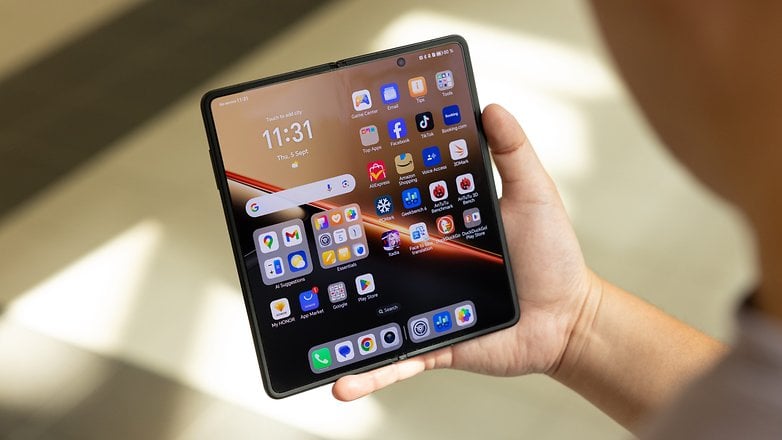
Using the phone outdoors was no issue. Colors were vibrant as usual for OLED displays. As for the crease, it is still noticeable both visually and by touching it. Some contents can hide it well, but tilting the phone slightly will make it visible again.
Magic OS with sprinkles of AI
The Magic V3 packs all the recent software advancements into Magic OS, now at version 8. Despite all the AI magic around the interface, however, there is still a heavy influence from Huawei’s EMUI, which is still inspired by older iOS versions.
Pros:
- Smooth performance and animations.
Cons:
- Some interface inconsistencies.
Honor didn’t confirm at publication time the update policy for the Magic V3 but the company usually lags behind Samsung and Google’s promise of security updates for seven years on their foldables. Not only that, the previous generation received the Android 14 upgrade much later than its rivals, with the OTA being distributed around April, versus November for the Galaxy Fold 5.
We had some small issues during the initial setup for the Honor Magic V3, with “Cannot connect to Google servers” errors even during the “set-up offline” option selected. Nothing that some trial and error could not fix, but not the experience one expects from a flagship phone.
The clean updated phone displayed 34.99 GB of used storage and included eight third-party apps. The initial setup and screenshots were done with the July security patch, with the photos taken with the latest August patch.
MagicOS 8 on the Magic V3 features updated versions of all the AI features Camila described in the Honor Magic 6 review. AI features are still found in the “Assistant” field on the Settings app, and new to the Magic V3 is a Face to face translation feature that can help when traveling abroad but is not as powerful as the real-time option found in Pixel phones, for example.
Another new option under Assistant is the Magic Portal. Not AI-related, the feature is a handy multi-tasking tool that allows dragging and dropping images to other apps–for example, for a new note, social media posts, email, etc.–similar to the Magic Text tool found in other Honor flagship phones.
Matt Zellmer mentioned in his review of the Magic V2 that Honor still had some work to do on the multitasking features and the same holds true for the Magic V3.
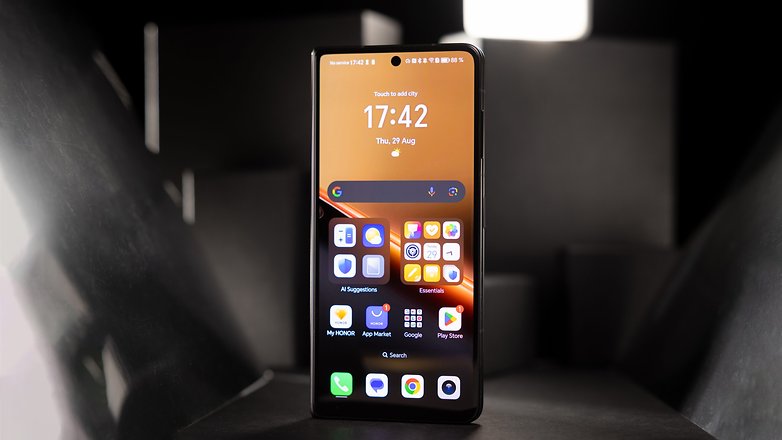
Apps can be easily displayed in pop-up windows, but for a true split-screen view users need to drag the app icon from the Multi-Window dock on the sides, and not from the application switcher/task manager.
Trying to do the same from the bottom app dock (called Global Taskbar) can be an exercise in frustration: It doesn’t work when on the home screen, and invoking the Global Taskbar requires a slow swipe from the bottom of the screen. Swipe too fast and you are back to the home screen.
Snapdragon 8 Gen 3 power onboard
Powered by the Snapdragon 8 Gen 3 chip, the Honor Magic V3 ties with the Galaxy Z Fold 3 as the fastest Android foldable in the market today. Honor sets the phone with a conservative default setting, but enabling the “Performance mode” makes it on par with any other 2024 flagship phone.
Pros:
Cons:
- Speed throttling under heavy tasks.
The flagship processor is paired with 12 GB of fast LPDDR5x RAM and 512 GB of UFS 4.0 storage in our review unit. All tests were run on the Performance mode unless noted:
| Honor Magic V3 (Snapdragon 8 Gen 3) |
Galaxy Z Fold 6 (SD 8 Gen 3) |
Honor Magic V2 (SD 8 Gen 2) |
OnePlus Open (SD 8 Gen 2) |
Google Pixel Fold (Tensor G2) |
|
|---|---|---|---|---|---|
| AnTuTu | Default: 1,317,710 Performance mode: 1,787,589 |
1,335,416 | 1,314,113 | 771,551 | |
| 3D Mark Wild Life Extreme Stress Test | Best loop: 4716 Worst loop: 2430 Stability: 51.5% (Closed: 2477~4814 | 51.4%) |
Best loop: 4788 Worst loop: 2454 Stability: 51.2% |
Best loop: 3745 Worst loop: 1611 Stability: 43% (Closed: 1643~3735 | 44%) |
Best loop: 3586 Worst loop: 2834 Stability: 79% |
Best loop: 1753 Worst loop: 976 Stability: 55.7% |
| Geekbench 6 | Single: 2175 Multi: 6518 |
Single: 2264 Multi: 7003 |
Single: 1438 Multi: 4020 |
Single: 1544 Multi: 4882 |
Single: 1479 Multi: 3784 |
| 3D Mark Steel Nomad Stress Test | Best loop: 1688 Worst loop: 841 Stability: 49.8% (Closed: 816~1693 | 48.2%) |
Best loop: 1622 Worst loop: 924 Stability: 57% (Closed: 883~1594 | 55.4%) |
Best loop: 1103 Worst loop: 731 Stability: 66.3% |
Best loop: 1101 Worst loop: 943 Stability: 79% (Closed: 872~1104 | 76.6%) |
Best loop: 727 Worst loop: 518 Stability: 71.2% (Closed: 506~716 | 70.7%) |
| 3D Mark Solar Bay Stress Test | Best loop: 8397 Worst loop: 4178 Stability: 49.8% (Closed: 4172~8371 | 49.8%) |
Best loop: 8467 Worst loop: 4171 Stability: 49.3% (Closed: 3828~7985 | 47.9%) |
Best loop: 5370 Worst loop: 2348 Stability: 43.7% |
Best loop: 5130 Worst loop: 3508 Stability: 68.4% |
n/a |
In the default mode, the Magic V3 performed on par with the previous generation. Enabling the Performance mode took the Antutu score around 35% higher. The V3 performed slightly lower than the Galaxy Z Fold 6 with the same chip, especially under heavy tasks, a possible sign of the challenges of cooling such a thin phone.
The stress tests also gave similar hints, with performance dropping to half under a constant load. The phone didn’t get excessively hot to the touch but in longer gaming sessions, the graphics fluidity may get degraded if you are playing on very high settings.
In casual or lighter games, the Magic V3 performed very well, with the convenience of playing in either the external or internal display. Some games, however, may not be adapted to the square-ish aspect ratio of the foldable screen.
As a side note, despite the side-firing speakers–and again, the thin chassis–, sound quality on the Magic V3 was surprisingly good.
Honor Magic V3 camera
While rival foldables sacrifice camera versatility for thinness, Honor threw that recipe far away. The Magic V3 features a true triple camera setup on its thick camera bump: A 50-megapixel main sensor, a 40 MP ultrawide lens, and a 3.5x zoom periscope telephoto.
Pros:
- Versatile triple-camera setup.
- Usable 10x zoom shots.
- Good selfies on both the internal and external cameras.
Cons:
- Disappointing ultrawide shots at dark.
Daylight pictures were very good, regardless of the cameras, with good color reproduction and sharpness. The 3.5x zoom periscope lens performed surprisingly well for a foldable phone, justifying its big bump on the Magic V3. We actually found out that 3.5x optical zoom shots looked nicer than the 2x digital zooms cropped from the main camera.
The telephoto camera also returned some usable shots at 10x digital zoom in daylight. Going further from that results in the usual mush of pixels and artifacts, up to 100x zoom.
Ultra-wide pictures were generally good in daylight but tended to be softer and with slightly different colors than the other lenses.
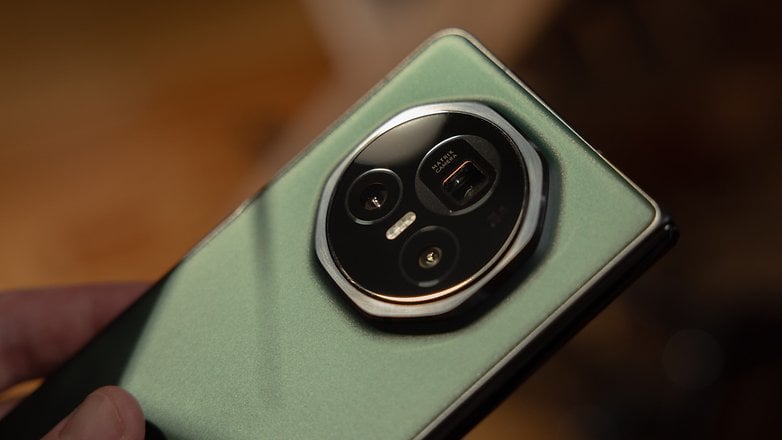
While daylight shots were good overall, night shots were a bit disappointing, despite Honor’s (and Huawei’s) pioneering work on night-time computational photography. Wide and 3.5x telephoto shots were fine, with some overexposure in auto mode, but ultra-wide photos simply couldn’t capture enough light ending up with a noisy and soft look.
Selfie shots from the Magic V3 were decent but not exceptional. Both internal and external selfies performed similarly, with a slightly softer (blurrier) look from the internal one, but with a nice level of detail in general and without excessive processing, even with the beauty effect on by default.
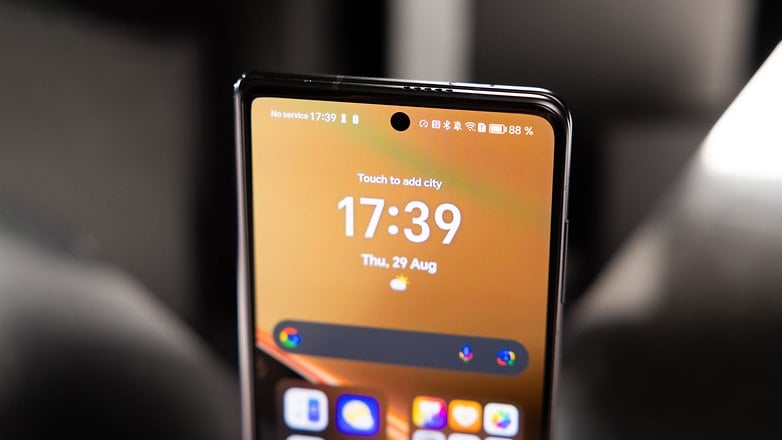
One last thing, considering the awkwardness of taking a selfie with the phone opened, we imagine it will not be as used as the external one for photos. However, using the included back case ring helps position the phone nicely for video calls (but the camera will be sideways).
Honor Magic V3 battery
Not only does the Magic V3 feature a bigger battery than its rivals, Honor equipped it with true fast charging both wired and wireless.
Pros:
- Decent battery life
- Fast wired charging
- Fast wireless charging
Cons:
- Charger is included in only selected markets
- Fast battery drain when opened
When using only the external display, battery life should be good enough for a full day usage but expect to do a quick charge in the afternoon if you use the Magic V3’s internal display a lot.
| Honor Magic V3 (5150 mAh | Honor 135 W [PD 65 W]) |
Galaxy Z Fold 6 (4400 mAh | 25 W) |
OnePlus Open (4805 mAh | 67 W) |
Pixel Fold (4821 mAh | Ugreen 45W) |
|
|---|---|---|---|---|
| 5 minutes | ||||
| 10 minutes | ||||
| 20 minutes | ||||
| 30 minutes | ||||
| 1 hour | ||||
| Full charge | ||||
| PC Mark Battery test |
|
|
|
In the simulated PC Mark battery test, the Magic V3 performed slightly worse than the similar specced Galaxy Fold 6 with a smaller battery. The Honor phone got 14h08 and 8h16 of battery runtime between 80 and 20% charge when closed and opened, respectively.
In the charging department, however, the Magic V3 is unbeatable among the foldable phones. While it is slightly slower to charge at 65 W than the 67 W input on the OnePlus Open, it easily beats the Samsung rival’s 25 W charging.
Better still, the V3 is compatible with Honor’s (and Huawei’s) 50 W wireless charging, something unavailable on the OnePlus rival, while the Galaxy Fold tops at 15 W. Oh, and the Magic V3 also features reverse wireless charging.
Honor is keeping its strategy of only bundling the charger in some markets. But for those living in countries where it is not included, the company often offers it as a free bonus, so always check those checkout options and bundles if you are buying one.
Honor Magic V3 technical specifications
| Honor Magic V3 | |
|---|---|
| Display |
|
| SoC |
|
| Memory |
|
| OS |
|
| Camera |
|
| Selfie Camera |
|
| Battery |
|
| Connectivity |
|
| IP Certification | |
| Dimensions and weight |
|
|
Other points that may interest the nextpit community:
|
|
Final verdict
The Honor Magic V3 is an impressive technical achievement. While Oppo/OnePlus did an impressive job with the OnePlus Open, it sacrificed a few conveniences in the name of thinness, namely wireless charging. Honor not only beat them by including wireless charging but also by making an even thinner phone.
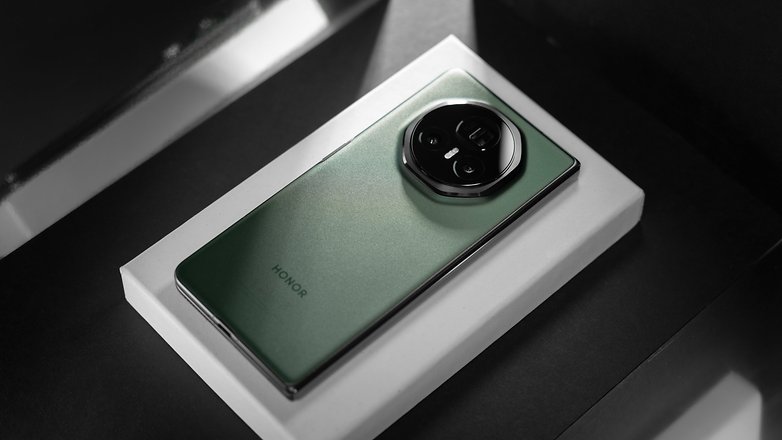
Not even in the camera section we saw significant sacrifices in the Magic V3. The 3.5x periscope lens makes the camera bump very bulky but offers a similar range and versatility as most flagship phones on the market today, at the same time offering a longer range than rivals’ foldables.
The only kink in the Magic V3 armor is the software side. While Honor pushed the envelope on the hardware side, MagicOS still didn’t break free of its EMUI/HarmonyOS roots. There are inconsistencies in the design side with old EMUI styles mixed with the updated HarmonyOS design and Pixel styling in random parts of the system.
Some of the big screen features on the Magic V3 still feel unfinished on this third-generation phone, while Google and OnePlus almost nailed them on their first try.
In the end, it is difficult to justify investing in the Magic V3 despite all of its achievements. Maybe those still clinging to flagship Huawei phones from the past can find their upgrade path on the new Honor foldable, but for everyone else, it may be worth waiting for reviews on the new Pixel Fold before jumping in.


